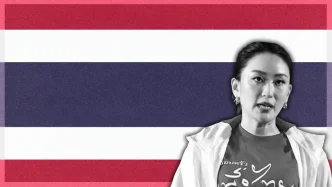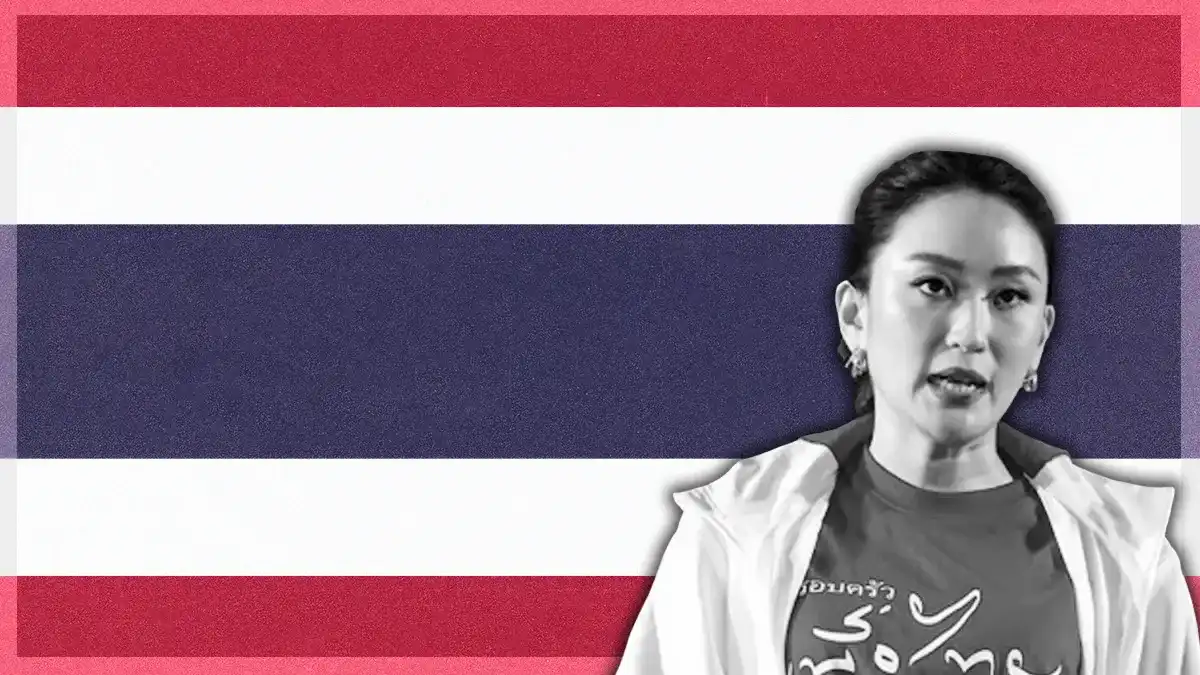Thailand’s political landscape is teetering on the edge of chaos as anti-government protesters took to the streets of Bangkok on June 28, 2025, demanding the ouster of Prime Minister Paetongtarn Shinawatra. Gathering at the iconic Victory Monument, thousands voiced their discontent with her leadership amid a mounting constitutional crisis. As the situation escalates, with a significant rally planned for August, the nation watches anxiously while the military undergoes a transformative restructuring, raising questions about its role in the unfolding drama.
Protests and Constitutional Standoff
The recent wave of protests marks a critical juncture for Paetongtarn Shinawatra, whose tenure as Prime Minister has been marred by allegations and legal challenges. The Constitutional Court has ordered her to suspend her duties, giving her a 15-day window to respond to unspecified accusations, with the possibility of two additional 15-day extensions subject to court approval. This legal battle has further eroded public confidence in her administration, fueling calls for her removal from office. The planned mass rally by the “United Land Power to Defend Sovereignty” group in August is expected to intensify pressure on her fragile position.
Thai politics is notoriously volatile, with rapid shifts that make predicting outcomes nearly impossible. While Paetongtarn fights to retain her post, the public’s frustration is palpable. The protests at Victory Monument symbolize a broader discontent with the government’s handling of state affairs, echoing historical patterns of political unrest in the kingdom. Each passing day seems to weaken her grip on power, leaving room for speculation about potential resolutions—or further crises.
Military Restructuring and the Shadow of Coups
Amid the political turmoil, Thailand’s military is undergoing a significant transformation. Efforts are underway to create a leaner, more modern force, focusing on acquiring advanced weaponry and technology to align with global standards. Key defense projects, previously stalled, are now moving forward. The long-delayed submarine procurement, for instance, has been greenlit for Cabinet discussion, though with a notable change: the engines will now be sourced from China rather than Germany. Additionally, the timeline for this project has been extended to accommodate logistical adjustments.
Other initiatives include the Air Force’s planned acquisition of Swedish-made Gripen E/F fighter jets, set for Cabinet review in mid-July 2025, and the Navy’s commitment to procure two frigates as originally intended. The Army, meanwhile, is advancing plans to acquire helicopters, drones, and wheeled armored vehicles, all incorporated into the 2025 draft budget. Border security infrastructure is also slated for enhancements, reflecting a broader strategy to address immediate defense needs.
These developments occur against a backdrop of historical military involvement in Thai politics. Past coups have often positioned the military as a scapegoat for governmental failures, damaging public trust and international standing without resolving underlying conflicts. However, recent declarations by Army Chiefs, from Gen Narongphan Jitkaewthae to the current Gen Phana Khlaeoplotthuk, signal a “freeze” on coups. Gen Phana, known for his calm and reserved demeanor, remains a figure of intrigue in political circles, especially as the only military leader serving until 2030 while other branch chiefs face retirement in September 2025.
The military’s public image has shifted, with leaders emphasizing their role as professional soldiers dedicated to constitutional duties, national sovereignty, and security. Phumtham Wechayachai, before transitioning from the Ministry of Defence to the Ministry of Interior, reinforced this stance. He noted that during his tenure, he engaged with commanders across all four military branches, who expressed a collective desire to support the nation through its current crisis rather than intervene politically. His assurance that a coup is “not even in the minds of senior military officers” offers a glimmer of hope, though skepticism persists given Thailand’s history.
Political Processes and Legal Challenges
As the military distances itself from political interference, the resolution of the ongoing crisis is expected to unfold through established political and legal channels. Independent bodies are stepping in to provide checks and balances, with developments anticipated through July and August 2025. Phumtham dismissed concerns about “lawfare” as merely metaphorical, asserting that the justice system remains a cornerstone of democracy. He emphasized the importance of transparency and accountability, expressing confidence that legal processes prioritize the country’s best interests.
Nevertheless, the fragility of the current situation cannot be understated. While a coup appears unlikely based on military statements, no guarantees exist if tensions spiral out of control. The lessons of past interventions loom large—coups have historically led to national regression and failed to deliver lasting solutions, often returning the country to a state of deadlock. The interplay of legal rulings, public sentiment, and planned protests will likely shape the trajectory of Paetongtarn’s leadership in the coming weeks.
Public Sentiment and the Path Forward
The anti-government protests reflect a deep-seated frustration among Thai citizens, many of whom feel disillusioned by repeated cycles of political instability. Bangkok, a city often at the heart of such movements, once again serves as the stage for public dissent. The Victory Monument, a site steeped in historical significance, amplifies the symbolic weight of the demonstrators’ demands. Their call for change resonates with a populace weary of governance failures and eager for a stable, transparent administration.
At the same time, the military’s pivot toward modernization and professionalism suggests an intent to redefine its role in national affairs. By focusing on defense capabilities and border security, the armed forces appear to be carving out a space distinct from political meddling. Whether this shift will hold under mounting pressure remains an open question, particularly as Gen Phana’s enigmatic leadership style keeps observers guessing about potential future actions.
The intersection of public unrest, legal battles, and military restructuring paints a complex picture of Thailand’s current state. Paetongtarn Shinawatra’s ability to weather this storm will depend on her response to the Constitutional Court’s demands and her administration’s capacity to address public grievances. With the August rally on the horizon, the stakes could not be higher.
As Thailand navigates this turbulent chapter, the balance between political resolution and potential escalation hangs in the air. Will the nation find a path to stability through democratic processes, or will history repeat itself with unforeseen interventions? Only time will tell, but for now, the eyes of the world remain fixed on Bangkok.















